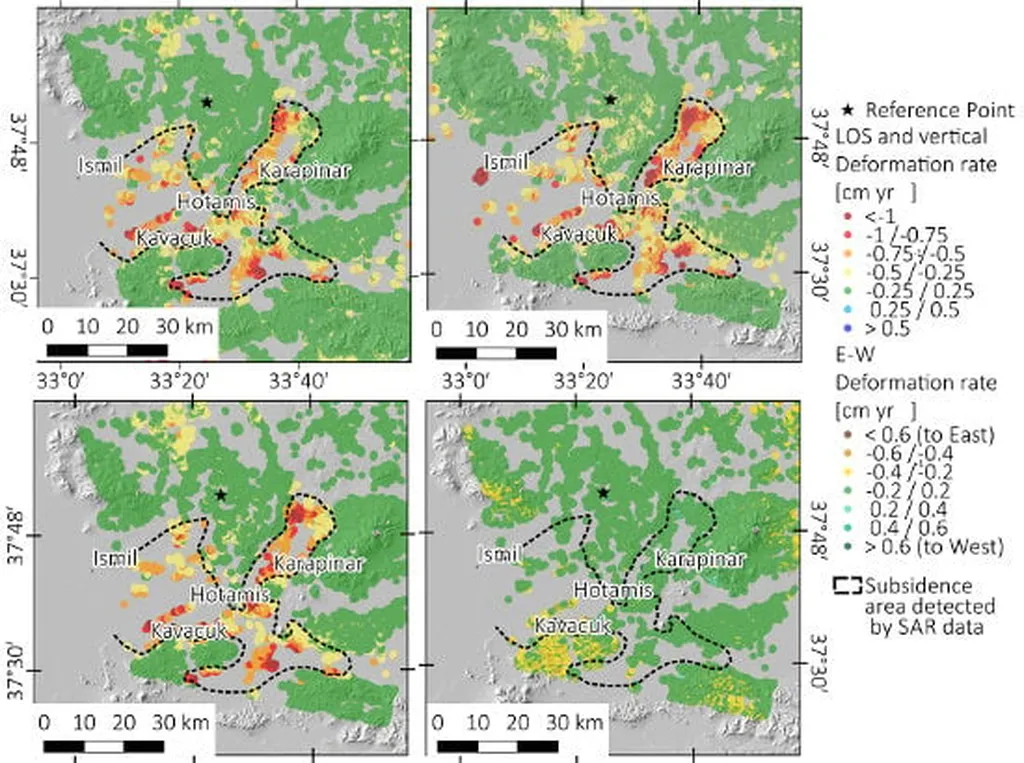In the heart of Romania, at the “Gheorghe Asachi” Technical University of Iași, a team of researchers led by Elena Serea has developed a groundbreaking irrigation system that could revolutionize precision agriculture. The Irrigation Modular System (IMS), detailed in a recent study published in *Applied Sciences* (which translates to *Applied Sciences* in English), promises to enhance water and nutrient use efficiency, reduce input consumption, and boost crop yields. This innovation is poised to make significant waves in the agricultural sector, offering a scalable, retrofit-ready solution for efficient resource management.
Precision agriculture is all about adapting to the spatial variability and dynamic needs of crops. However, existing irrigation systems often fall short, either due to high costs or lack of fine-grained control and integration with fertigation—the process of delivering fertilizers through irrigation systems. Serea and her team have addressed these challenges head-on with the IMS. “Our system is designed to be cost-effective and modular, making it accessible for farmers to retrofit onto existing pivot or linear movement automated irrigation infrastructure,” Serea explained. This adaptability is a game-changer, as it allows farmers to upgrade their current systems without significant overhauls.
The IMS comprises five key components: electrovalve-controlled irrigation modules, soil and atmospheric sensor nodes, nutrient supply units, a Power Line Communication (PLC) based communication layer, and a centralized decision-making platform. This integrated approach enables real-time environmental sensing and precise nutrient addition, ensuring that crops receive exactly what they need, when they need it. “By leveraging real-time data and advanced communication technologies, we can optimize water and nutrient delivery, leading to improved efficiency and sustainability,” Serea added.
Field trials on early tomatoes and autumn cauliflower demonstrated the system’s effectiveness. The results were impressive: improved water and nutrient use efficiency, reduced input consumption, and increased yields. These outcomes highlight the potential of the IMS to transform agricultural practices, making them more efficient and environmentally friendly.
The commercial impacts of this research are substantial. For the energy sector, which often intersects with agriculture through water pumping and nutrient production, the IMS offers a more sustainable approach to resource management. By reducing water and nutrient waste, the system can lower energy consumption associated with irrigation and fertigation processes. This not only cuts costs for farmers but also aligns with broader goals of energy efficiency and environmental stewardship.
Looking ahead, the IMS could pave the way for future developments in precision agriculture. Its modular design and retrofit capability make it a versatile solution that can be adapted to various crops and farming conditions. As more farmers adopt such technologies, the agricultural sector could see a shift towards more data-driven, efficient, and sustainable practices.
In conclusion, Elena Serea’s research represents a significant step forward in the field of precision agriculture. The IMS is not just a technological innovation; it’s a tool that empowers farmers to optimize their resources, enhance productivity, and contribute to a more sustainable future. As the agricultural industry continues to evolve, systems like the IMS will play a crucial role in shaping its trajectory.

